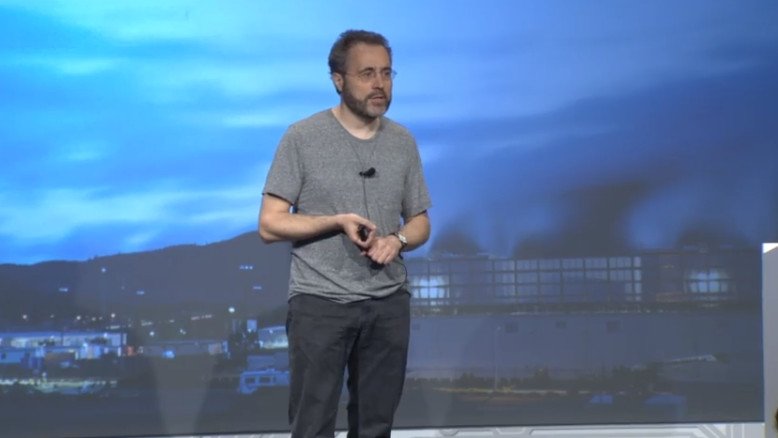Stepping up its Infrastructure-as-a-Service game, Google has brought down drastically the rates it charges developers for renting virtual servers, storage and data analytics services on its global data center infrastructure.
The company has also added new features to its cloud platform that aim to remove the traditional trade-off between application speed-to-market and scalability developers have to consider. Its cloud platform also now supports popular Linux OS distributions by the German company Suse and US-based Red Hat, as well as Microsoft's Windows Server 2008 R2.
On-demand virtual machines available through the Google Compute Engine service are now 32% cheaper. The price cut applies to all regions and all VM sizes and classes.
All Compute Engine storage will cost 68% less, and BigQuery services (big data analytics service provided as a service) will be 85% cheaper than before.
Urse Hoelzle, senior VP of technical infrastructure at Google, announced the changes at an event in San Francisco Tuesday. The announcement came the same week Cisco announced its own plans for a global IaaS, PaaS and SaaS cloud, and Google's biggest cloud rivals Amazon and Microsoft were expected to make major announcements around their cloud services.
While public infrastructure cloud services work well for start-ups and some enterprise software applications, they have not generally been viewed as a viable long-term, high-scale infrastructure strategy. Besides security and performance concerns, it has simply been too expensive.
That is the problem Google's dramatic price cut is trying to address.
“There's still a lot of room for it to go down,” Hoelzle said. “We are really resetting the price curve in the cloud to where it should be.”
Public cloud prices have been falling 6% to 8% per year between 2006 and now, he said, while hardware prices have been falling 20% to 30%. Hardware has been following Moore's Law, while cloud VMs have not.
Yes, the VM price includes capital and operational expenses, but “the gap should be nowhere this large,” he said. “The price rend of virtualized hardware should follow the price trend of real hardware. It should follow Moore's Law.”
The company has also tweaked the way it prices on-demand cloud VMs versus reserved capacity. The standard practice has been to provide the latter at a discount, since “you should get a discount for having a sustained workload,” Hoelzle said.
A user can now spin up an on-demand VM at the new rate announced today, but the rate will begin to drop automatically once the VM has been running for longer than one-fourth of a month. Once it crosses this threshold, the VM's rate continues going down every minute it remains active.
If the VM stays up throughout the billing cycle, it will cost 30% less than the original on-demand price.

